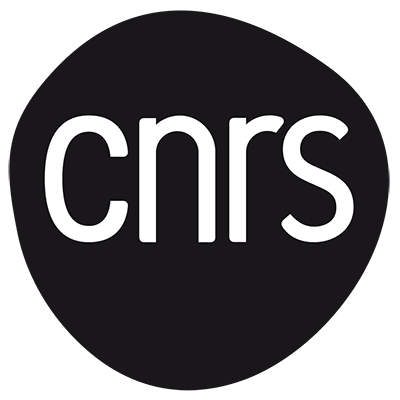Axis 2 - Transcription factor activity and extracellular Stresses

ChromatIn and transcriptionaL Deregulation in pediatric bone sarcoma
Team leaders : Benjamin Ory et François Lamoureux
The aim of this research axis is to identify transcription factors or signaling pathways involved in the development of OS and ES and in the resistance to treatments. This axis is articulated around three following main projects :
Cellular stresses
We showed that inhibition of clusterin and HSP90-regulated stress proteins reduces proliferation, migration, and induces apoptosis of OS cells in vitro and in vivo. Furthermore, inhibition of these stress proteins prevents the emergence of HSF1-mediated treatment resistance (Oncotarget, 2014; Clin Cancer Res, 2016). To identify new therapeutic targets exploiting vulnerabilities of bone tumor cells, we also investigated the role of MTH1 in OS. This work is a conceptual advance showing the therapeutic value of inhibiting the enzyme MTH1, whose role is to detoxify oxidized DNA nucleotides in tumor cells (EBioMedicine 2020). Our latest work shows that HSF1 has also a role in tumor initiation and progression by regulating a large transcriptional network. Our project aims to characterize the involvement of HSF1 in OS progression and resistance using ChIP-seq, RNA-seq, RIME and RPPA to map its transcriptional network and interactions (by co-localization, immunoprecipitation). We have identified by RIME a large number of DNA-bound co-partners of HSF1 (such as MSH2, HDAC2, TRIM33, SMC1A...) that will be studied. Therefore, HSF1 or its co-partners could be considered as new therapeutic approaches and/or new biomarkers in the treatment of OS.
Hippo signaling pathway
Transcriptomic analyses of OS biopsies have demonstrated that YAP is highly expressed in OS samples and that YAP expression predicts poor prognosis. Molecular approaches have demonstrated that, depending on the transcription factor to which it binds, YAP regulates key functions in OS tumor development. The transcription factor TEAD is crucial for YAP-induced cell proliferation and tumor growth (Cancers 2020a; 2020b) while Smad3, the main effector of the TGF-β signaling pathway, is crucial for the control of cell migration and the development of lung metastasis (Front Oncol 2021). Our latest work shows the existence of a Hippo/YAP/TAZ signature in cisplatin-resistant OS cells with an increase in the expression of YAP/TAZ target genes and a decrease in the expression of actors of the Hippo pathway leading to the degradation of YAP/TAZ. Our project aims 1) to better understand the role of the Hippo/YAP/TAZ pathway in the development of OS chemotherapy resistance, 2) to identify the partners of YAP/TAZ involved in the development of this resistance, and 3) to validate the effects of Hippo pathway inhibitors in mouse models of chromotherapy-resistant OS.
Ionic channels
Our recent work has allowed the identification of two potassium channels, SK1 and Kv1.2, playing a major role in the control of ES cell proliferation. By molecular approaches (RNAseq, ChipSeq Fli1, ChipSeq H3K27ac...) we have shown that the expression of genes coding for these structures are transcriptionally regulated by EWS-Fli1 binding to microsatellites in chromatin opening zones. Moreover, these structures act indirectly via the regulation of intracellular calcium activity highlighting the crucial role of calcium in the regulation of ES cell proliferation (publication in preparation). In this context, recent experiments have identified four calcium channels (TRPC1, TRPV1, ORAI1 and ORAI2) whose expressions correlate with patient survival and whose siRNA-mediated silencing leads to a drop in rhabdomyosarcoma (RMS) and/or ES cell proliferation. The aim of this project is therefore to better understand the role of these calcium channels on: 1) the initiation and development of RMS and SE and 2) the response to chemotherapy treatments.




